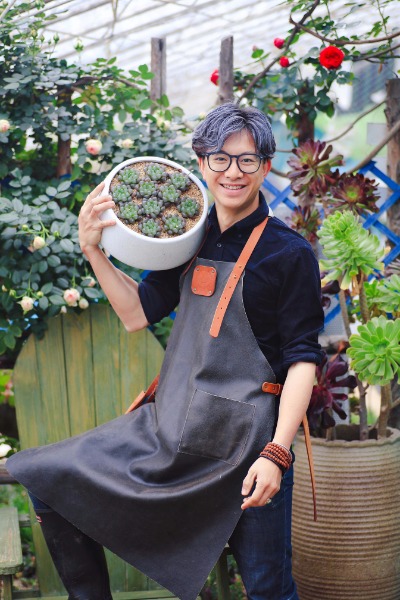From chaos and sky-high prices to a stable industry


They have little experience, so the conservatory's growth was slow, and it was not until 2000 that it became accessible to the public.
"Each new kind imported had to be reported to Customs and sometimes it took months for us to buy one," Cheng says.
Buying directly from overseas companies, attending study tours hosted by African botanical communities, or traveling abroad for exhibitions, Cheng and her colleagues introduced more and more new succulents to China year by year, and the number of varieties in Beijing Botanical Garden rose from 100 to 2,000.
The garden features common varieties such as Sedum rosea and Echeveria clegans, but also rare families such as Dudleya, Cheng says. It was not until 2011 that the succulents industry in China started to boom, aided by growing use of the internet.
With the freedom to communicate through the internet and the convenience of traveling abroad, more and more people became acquainted with these beautiful but small and unassuming plants.
"There was a huge amount of enthusiasm in the early years so the industry was rather chaotic," says Cheng, adding that many common kinds sold for thousands of yuan in 2013 and many people made a fortune.




































